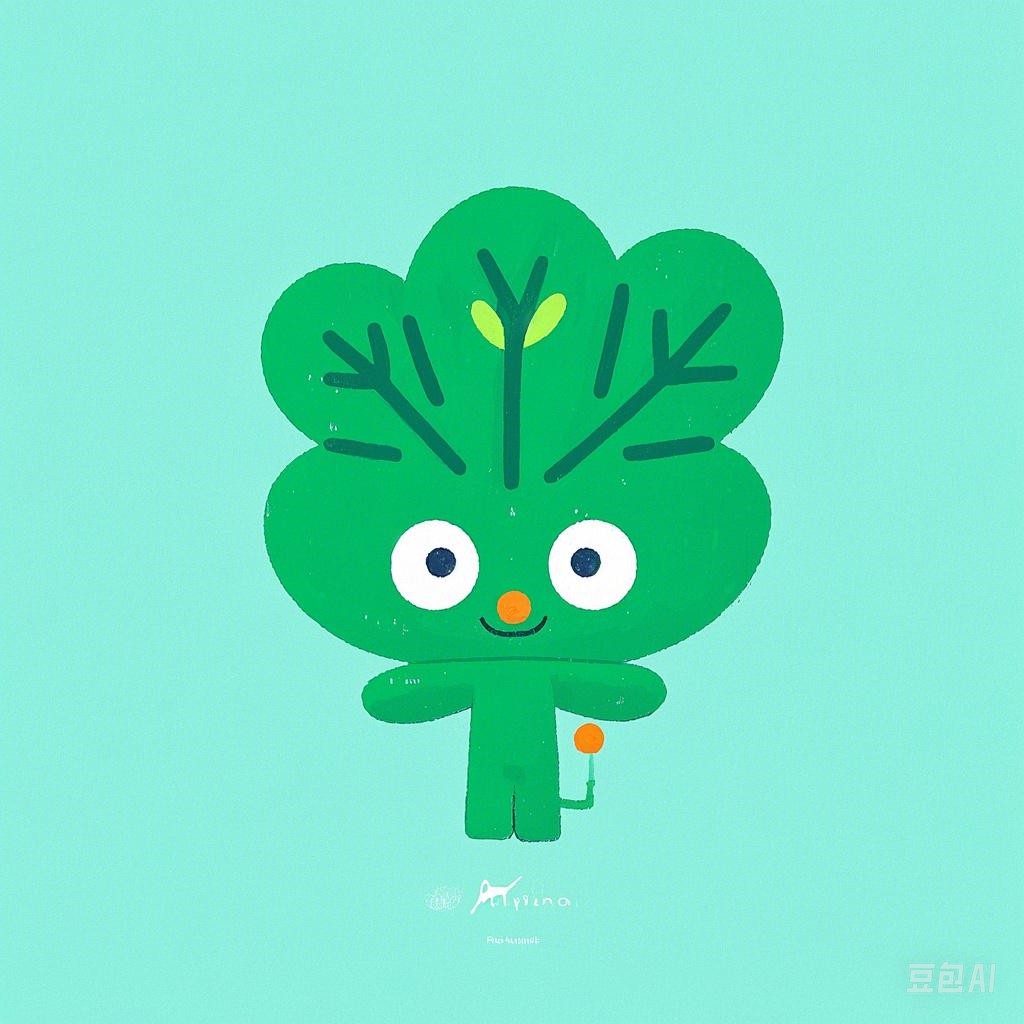Monkeys, as a diverse group of primates, have long been the subject of fascination and study. Their complex social structures, varied behaviors, and intricate relationships have provided valuable insights into the nature of symbiosis. This article delves into the fascinating world of monkeys and their symbiotic bonds, exploring the dynamics that allow these creatures to thrive in such unique partnerships.
Introduction to Symbiosis
Symbiosis is a biological relationship between two different species that live in close association with each other. These relationships can be categorized into three main types: mutualism, commensalism, and parasitism. Mutualism is characterized by a relationship where both species benefit, commensalism is a relationship where one species benefits and the other is unaffected, and parasitism is a relationship where one species benefits at the expense of the other.
Monkeys, particularly those found in tropical rainforests, often engage in mutualistic symbiotic relationships that are crucial for their survival and well-being.
Mutualistic Symbiotic Relationships in Monkeys
1. Cleaner Monkeys and Birds
Cleaner monkeys, such as the titi monkey, have a unique symbiotic relationship with birds. These birds, known as cleaner birds, help the monkeys by removing parasites from their fur. In return, the monkeys provide the birds with a safe place to roost and a source of food. This relationship is a classic example of mutualism, where both species benefit.
Example: The titi monkey and the yellow-crowned Amazon bird engage in a mutualistic symbiotic relationship. The birds clean the monkey's fur, removing parasites, while the monkeys provide a safe place for the birds to roost and a source of food.
2. Squirrel Monkeys and Ants
Squirrel monkeys have a symbiotic relationship with ants, which helps them in several ways. The ants protect the monkeys from predators by patrolling their territory and attacking any potential threats. In addition, the ants provide the monkeys with food by farming insects and other small creatures. This relationship is another example of mutualism.
Example: Squirrel monkeys and ants form a mutualistic symbiotic relationship. The ants protect the monkeys from predators and provide them with food by farming insects.
3. Spider Monkeys and Sloths
Spider monkeys and sloths share a symbiotic relationship that benefits both species. The spider monkeys help the sloths by cleaning their fur, which is essential for maintaining their health. In return, the sloths provide the spider monkeys with a safe place to rest and a source of food, as they are known to eat the leaves and fruits that fall from the sloths’ fur.
Example: Spider monkeys and sloths engage in a mutualistic symbiotic relationship. The spider monkeys clean the sloths' fur, while the sloths provide a safe place for the spider monkeys to rest and a source of food.
The Importance of Symbiotic Relationships
Symbiotic relationships play a crucial role in the survival and well-being of monkeys. These partnerships allow them to adapt to their environment, increase their chances of survival, and thrive in the face of various challenges. By forming these relationships, monkeys have developed unique strategies to overcome the limitations of their natural habitats.
Conclusion
The world of monkeys and their symbiotic bonds is a fascinating and complex one. These relationships provide valuable insights into the nature of mutualism and the importance of cooperation in the animal kingdom. As we continue to study these relationships, we can gain a deeper understanding of the intricate web of life and the ways in which different species interact and rely on each other for survival.
